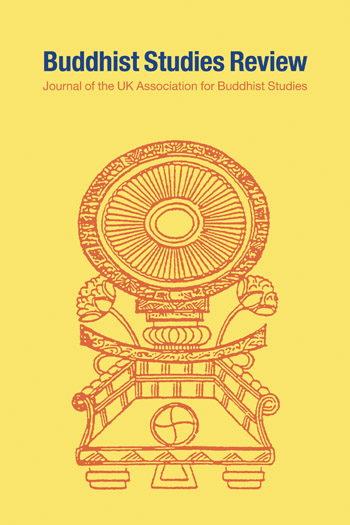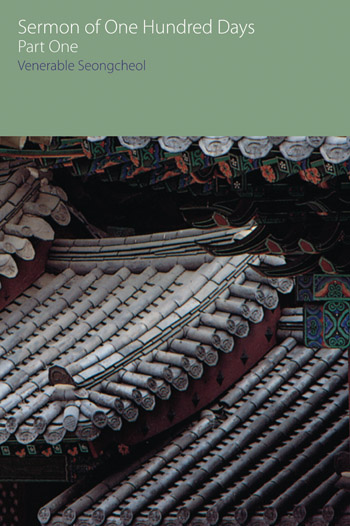Reviews
This is an extremely valuable and well-researched contribution to Tibetan studies. While the work is primarily aimed at readers engaged in Tibetan studies, it should be of interest to Tibetan traditional scholars and monastics of the young generation, as well as Western Buddhists who are not necessarily scholars, but are prepared to make an effort to learn from a work of scholarship.Professor Per Kværne, Department of Culture Studies and Oriental Languages, University of Oslo
A model of thoroughness and of clarity of presentation. For although this is a very erudite book, the logical organization of the material and the use of phonetic renderings of Tibetan names, along with the English translations of the titles of the Tibetan works being discussed, makes this invaluable study accessible to a non-specialist readership as well. Furthermore, the author has taken pains to give the Tibetan passages under discussion in Tibetan script (rather than transliteration) in the footnotes, which means that the younger generation of English-speaking Tibetans may also benefit from this work of modern Tibetology. What is more, the author’s extensive familiarity with the different genres of Tibetan tantric ritual, both in their textual and performative dimensions, has enabled her to render the technical ritual terms with great precision, a precision that will assist future scholars and translators dealing with this highly specialized type of literature. In sum, the detailed case studies presented in this book provide a wealth of material for a more nuanced understanding of the processes of authorship and revelation within the Tibetan tantric tradition. There is much to be learnt from and to ponder in this book, both for academic scholars of Buddhism, of Tibetology and of Religious Studies, and for those with a more general interest in Buddhism and Tibet.
Revue d'Etudes Tibetaines








